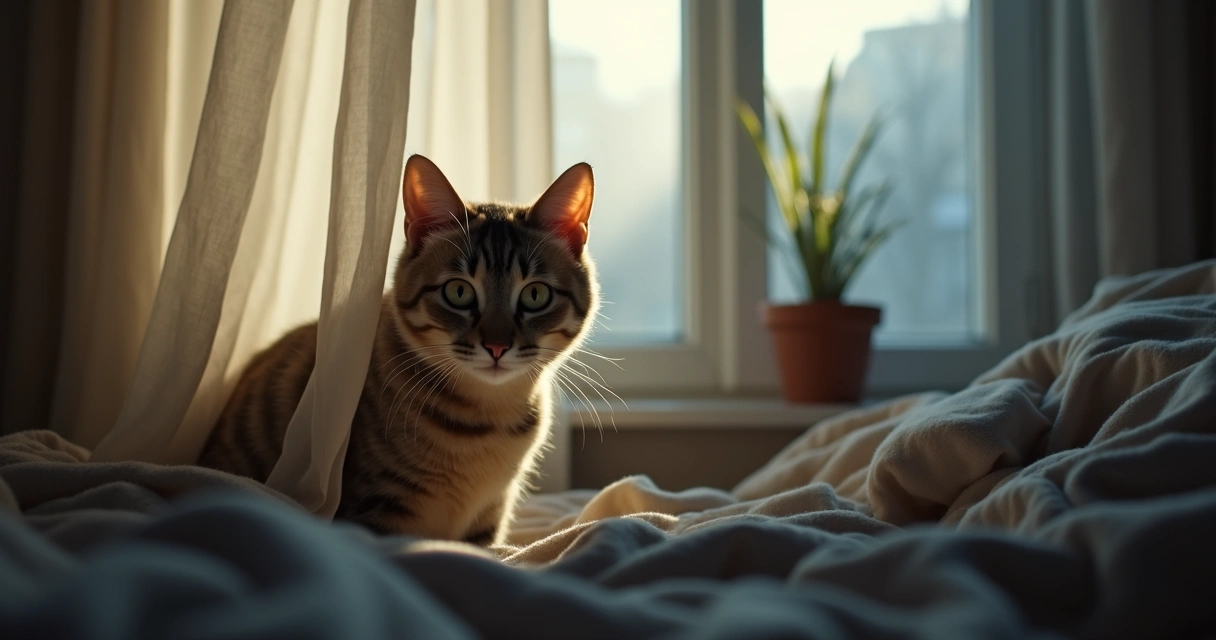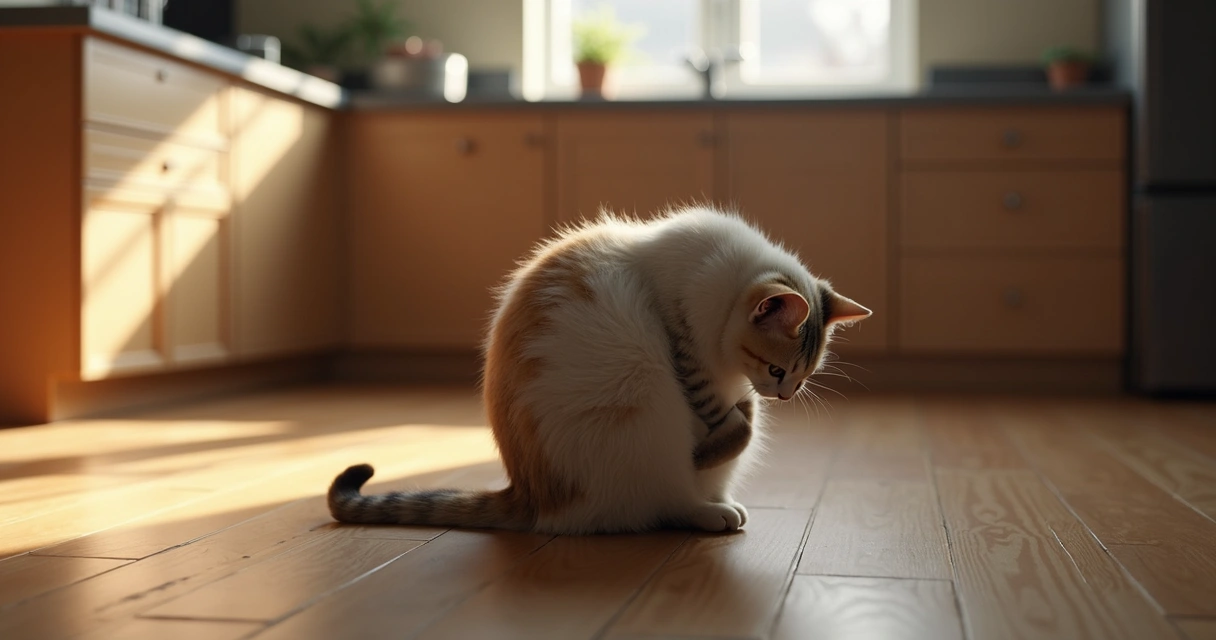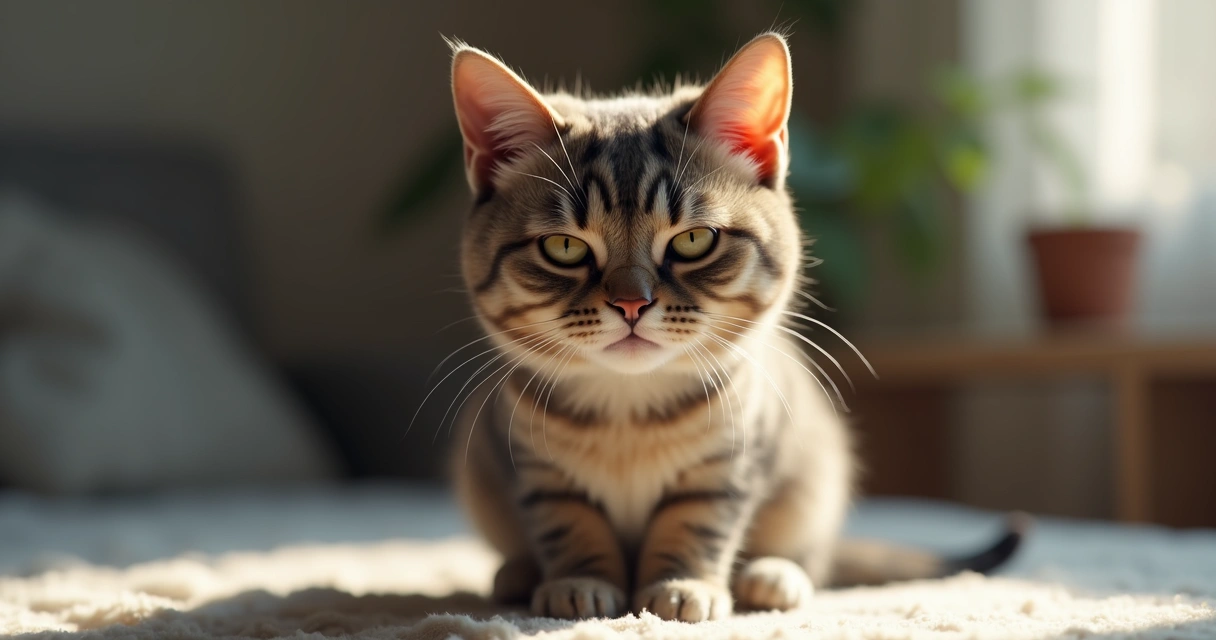After years of sharing my life with cats—both in my own home and through conversations with the people coming through Dogtown seeking help for their feline family—I’ve learned that cats are rarely dramatic about pain or anxiety. Their language is layered, subtle, and easy to miss. If you love a cat, you already know this enigma. But there’s a difference between loving cats and understanding the whispered messages they give when stressed or hurting.
People often ask me, “How can I tell what my cat is feeling?” Science backs up what I’ve seen every day: cats mask their feelings, partly because in the wild, showing weakness could make them a target. We owe it to them to learn the quiet signals.
Why quiet signals matter in cats
Some species yelp, whine, sulk, or self-soothe in ways that make their stress obvious. Not so with cats. Several studies in the Journal of Feline Medicine and Surgery explain that cats hide discomfort or anxiety quite well, sometimes for self-protection. This doesn’t mean they aren't hurting. In fact, a cat that seems “normal” may be quietly telling you: Something isn’t right.
Your cat won’t always ask for help. But they will show you if you know where to look.
Learning these signals helps us care for them better, find problems sooner, or simply build a stronger bond. At Dogtown, we see how a cat’s subtle behavior can change their day in daycare, at the groomer, or when settling in for overnight boarding. That’s why staff are trained to catch those little hints.

1. Withdrawing and hiding
I can’t count the times someone has told me their cat “just likes alone time.” And yes, cats do enjoy privacy. But withdrawing and hiding can be one of their most telling stress signals.
- Hiding under beds, furniture, or inside closets
- Spending long stretches in new, dark, or unusual spots
- Separating from favorite people or animal companions
When a cat suddenly hides more than usual, it could point to pain or anxiety. According to the National Research Council's guide on Recognition and Assessment of Pain, Stress, and Distress, this reclusive behavior sometimes replaces the cat’s usual play or sleep spots, especially when they’re feeling threatened or unwell. In my experience at Dogtown, cats who are comfortable will often nap somewhere visible, but those who feel unsafe nearly vanish from sight.
2. Changes in body posture and movement
I once noticed a boarding cat who always sat with his paws tucked tight, his back hunched. When he walked, he moved as if treading on eggshells. Postural changes like these speak volumes.
- Stiff walking or reluctance to jump
- Arched back or low, crouched posture
- Tail close to or wrapped around the body
- Feet planted firmly, as if “freezing” in place
Research published in the Journal of Feline Medicine and Surgery notes these quiet shifts: a crouched stance, lowered head, rigidity, or trembling. Sometimes cats feign sleep—eyes half-shut but muscles tense—ready to bolt if needed. It’s a subtle SOS.
3. Decreased grooming (or overgrooming)
I often watch cats at Dogtown’s cat grooming station and notice who skips their usual routines. Grooming is more than vanity for cats. It’s a soothing ritual, and stopping it can mean trouble.
- Greasy or matted fur
- Unkempt appearance, particularly on the back or hindquarters
- Hair loss or bald patches, especially in easy-to-reach areas
According to a survey published in Animals, 64% of veterinarians saw a lack of grooming as a top pain indicator. While some cats will overgroom (lick obsessively, sometimes to baldness) from anxiety, others grow dull and tangled. Both extremes mean something isn’t right.

4. Loss of appetite or change in eating habits
Cats are not like people when it comes to food. They rarely beg or complain if they skip a meal, but when I see a cat turning away from their food or losing weight, I take it seriously.
- Refusing favorite treats or meals
- Sudden weight loss
- Reluctance to drink or eating only soft foods
The Colombian survey of veterinarians found that inappetence was selected as a major sign of pain in cats much more than in dogs. Even mild dental pain can push sensitive cats away from their bowls. A sudden diet change is often a reason for deeper concern—not just pickiness.
5. Abnormal litter box habits
One quiet, yet telling, sign of distress is bathroom troubles. A cat urinating or defecating outside the litter box isn’t just “acting out.” Often, it’s pain or stress talking.
- Painful urination, meowing near the box, or straining
- Urinating/fluid accidents in strange locations (bathtub, corners.)
- Reluctance to enter the litter box
If you notice these signs, this is never “naughtiness.” Research in the Journal of Feline Medicine and Surgery found that mobility loss from pain (like arthritis) and stress can trigger accidents or make them avoid their usual spot. If I see a cat standing rigidly or only partially entering the box, I know it’s time to ask more questions.
How Dogtown supports cats under stress
I see cats thrive when the environment is tuned to their needs. At Dogtown’s day camp, we use gentle approaches, respect personal boundaries, and communicate with pet parents each day about subtle behavioral shifts. Pre-enrollment assessments help us catch stress signals early. Groomers watch for changed habits or matted fur, not just cute cuts. Boarding staff make sure shy cats have safe nooks and avoid trigger situations. If needed, behavior support and personalized training steps in.
Even for cat owners at home, the Dogtown app makes it simple to track your cat’s daily notes and behaviors—something I’ve found calms a lot of worried minds.
What if you see these signals?
The most helpful reaction, in my experience, is not panic. Stay curious. Think about what’s changed—new home, loud sounds, visitors, altered feeding, a recent vet visit? Make gentle changes. Offer safe, quiet space. If the behavior persists, call your vet. Subtle pain or deepening anxiety deserve attention.
A cat’s whisper can be louder than a yowl—if you know how to listen.
Conclusion: Listening for the quietest cries
Over the years, I’ve learned that compassion for cats is measured in the softest moments: the brief glance from under a sofa, the slow decline of their appetite, the inching-away from a lap, the stiff tail curl. Spotting these quiet signals doesn’t take training as much as presence, openness, and respect for feline language.
If you’re unsure or concerned, places like Dogtown provide boarding, grooming, and expert support to help cats (and their people) feel understood. Our team is always learning, always listening, ready to make your cat’s world more comfortable. If you want to discover a day, a stay, or a gentle grooming session that brings peace instead of fear, get in touch with us and let us be part of your cat’s story.
Frequently asked questions
What are signs my cat is stressed?
Common signs include hiding more than usual, changes in body posture (like crouching or freezing), reduced grooming, a shift in eating habits, or using the litter box differently. Stressed cats may also tremble, avoid social contact, or become unusually quiet, as described in studies in the Journal of Feline Medicine and Surgery.
How can I tell if my cat is in pain?
Cats in pain might display a quiet demeanor, appear apprehensive, stop grooming, hide, or adopt stiff, abnormal postures that depend on where it hurts. They may also eat less or react aggressively when touched near painful areas, according to guidance from the National Research Council. Changes can be subtle and often mistaken for normal laziness.
When should I see a vet for cat stress?
If your cat hides for days, eats less, shows behavior changes, or has trouble using the litter box, schedule a vet visit. Immediate help is needed for sudden weight loss, straining to urinate, or if they seem weak or very withdrawn. Pain or severe stress can deteriorate quickly if ignored.
What quiet behaviors mean my cat hurts?
Look for discreet signs: not jumping up as usual, limping, sitting stiffly, stopping mid-groom, hiding, or going off food. According to a survey in Animals, behavioral changes, poor grooming, posture shifts, and inappetence are top indicators—sometimes much more than vocalizing.
How do I comfort a stressed cat?
Provide a quiet, secure spot, stick to a routine, and avoid forcing interactions. Use gentle, calm voices. When possible, remove or fix the stressor (noisy guests, new animals, etc.). If stress isn’t improving, or you’re worried about pain, seek help from a veterinarian or a cat care team. Dogtown’s staff can work with you to design personalized plans for happy, relaxed cats.





